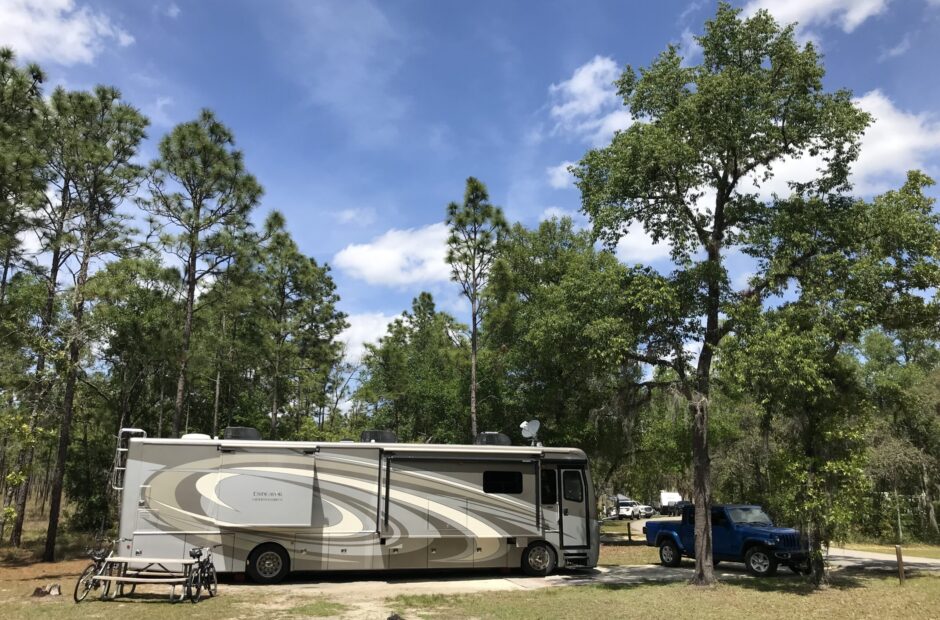Carson Village, Birmingham, Alabama
The true light (Jesus) that gives light to everyone was coming into the world. He was in the world, and though the world was made through Him, the world did not recognize Him. ~ John 1:9-10
David directed us to Tannehill Ironworks Historical State Park today. He’d been here before, and it was helpful to have a ‘guide’ along to point out things he’d previously learned.
Tannehill Ironworks Historical State Park has more than 1,500 acres in three counties set aside for hiking, camping and outdoor recreation. A miniature railroad chugs through the pines. From spring through fall, the blacksmith, miller and craftsmen demonstrate their trades. Craft shops occupy restored pioneer cabins and artisans chat with visitors from their front porches. Steeped in history, Tannehill feels timeless. The cotton gin, pioneer farm and working gristmill preserve a long-gone way of life. Hiking trails retrace historic roadways. Artifacts of Alabama’s 19th century iron industry displayed in the Iron and Steel Museum put in perspective the massive stone furnaces, Tannehill’s awe-inspiring centerpiece. ~ The Tannehill Park website
Here’s some additional information on the furnaces here. It’s from an on-line source, but I forgot to record where I found it, and was unable to locate it again. ☹
The furnaces were massive, 30-foot-high truncated pyramids constructed of 400-pound sandstone blocks topped by brick draft stacks. Workers fed iron ore, limestone, and charcoal fuel into the top of the pyramids, and molten iron was tapped from the bottom every six hours. Air forced into the chambers encouraged the reduction of the ore by creating temperatures exceeding 2,700°F.
The remains of the old Tannehill Furnaces were donated to the University of Alabama by Republic Steel in 1952 and in 1970 were turned over to the Tannehill Furnace & Foundry Commission, now known as the Alabama Historic Ironworks Commission, for preservation as a state historic site. The successful preservation efforts were led by the Woodstock and Tuscaloosa Civitan clubs.
The Iron & Steel Museum of Alabama, which was opened at the park in 1981, is a southeastern regional interpretive center that describes how iron was manufactured in the nineteenth century. It contains more than 10,000 relics, including rare machinery from the Tredegar Ironworks in Richmond, Virginia, and collections from the Henry Ford Museum and the Washington Navy Yard. In addition, the museum houses many artifacts uncovered on site through eight major archaeological investigations from 1956 to 2008 and the South’s largest collection of artillery shells manufactured at the Naval Gun Works at Selma from 1862 to 1865. More recent excavations have unearthed 16 slave cabins on the site. Tannehill, like the majority of iron furnaces in the South, was worked primarily by slaves, some leased from area plantations.
We began by checking out some of the houses they’ve shipped in here for preservation. They come from all over the three counties this Park lies in – at least I think that’s where they came from. . . . Some aren’t being used, but others are rentals, and still others have been converted into artist shops.
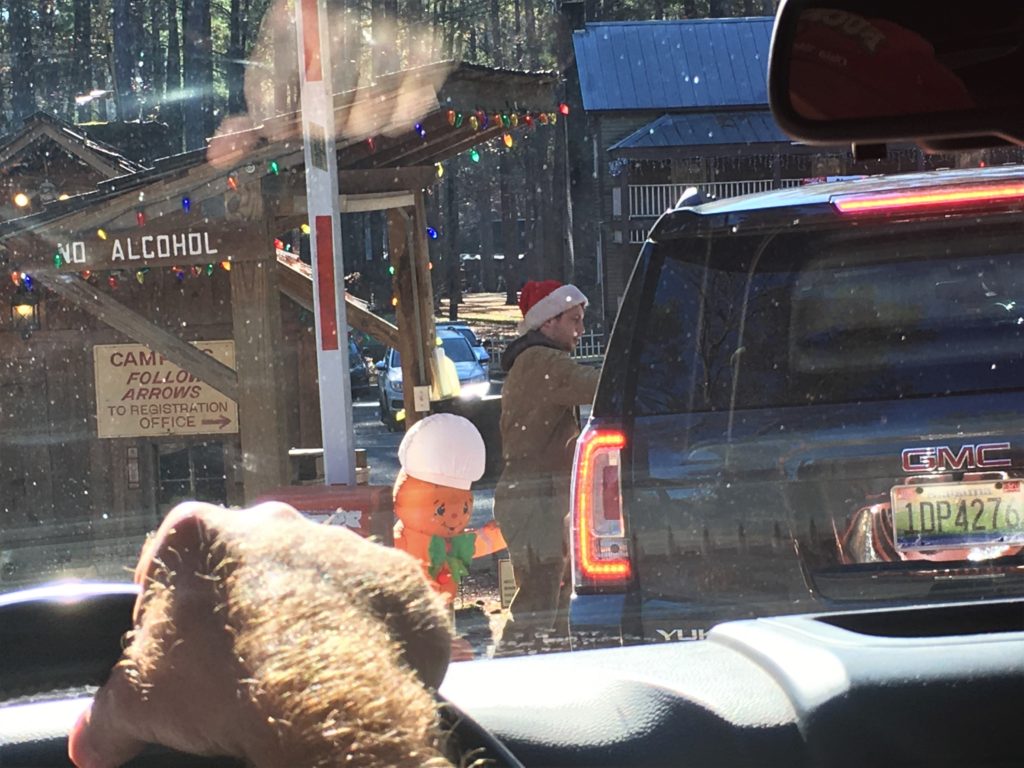
Doesn’t it look like it’s snowing? It’s actually the sun reflecting off the dirt on the windshield.
God can make anything beautiful! : )
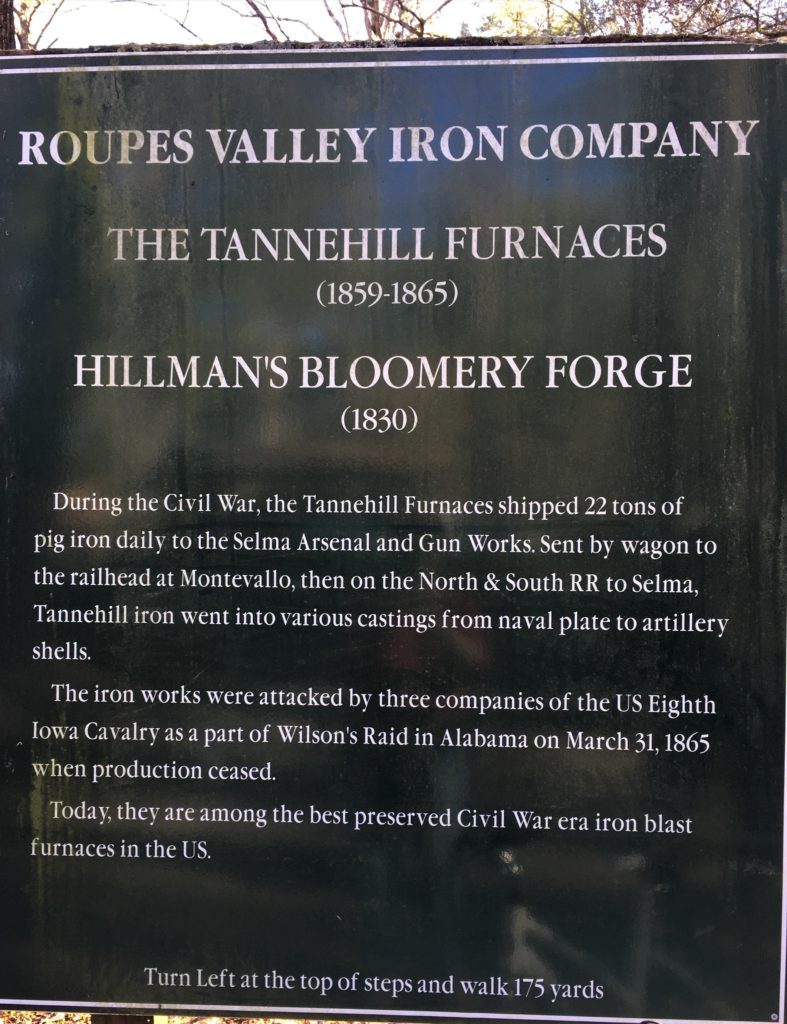
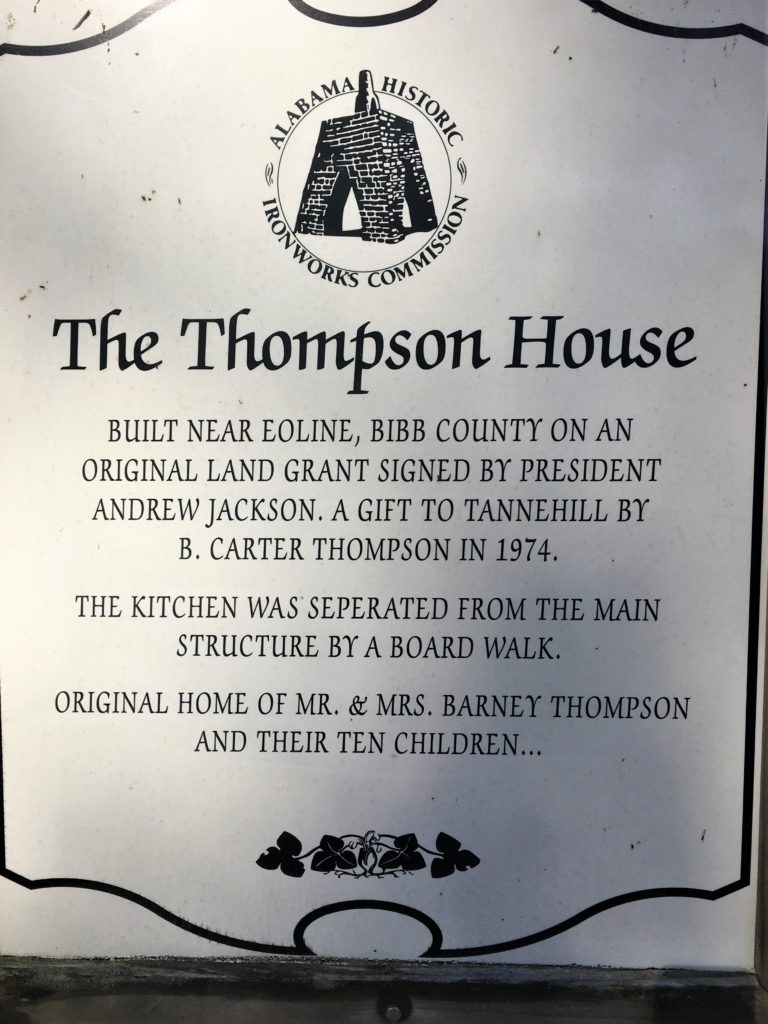
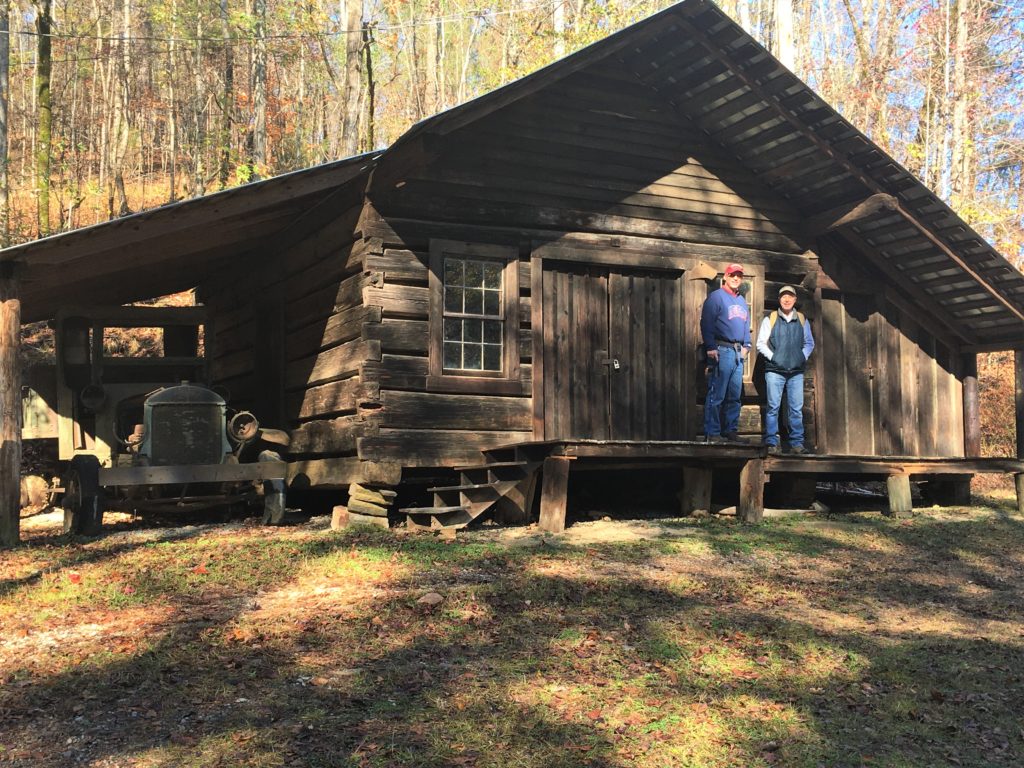
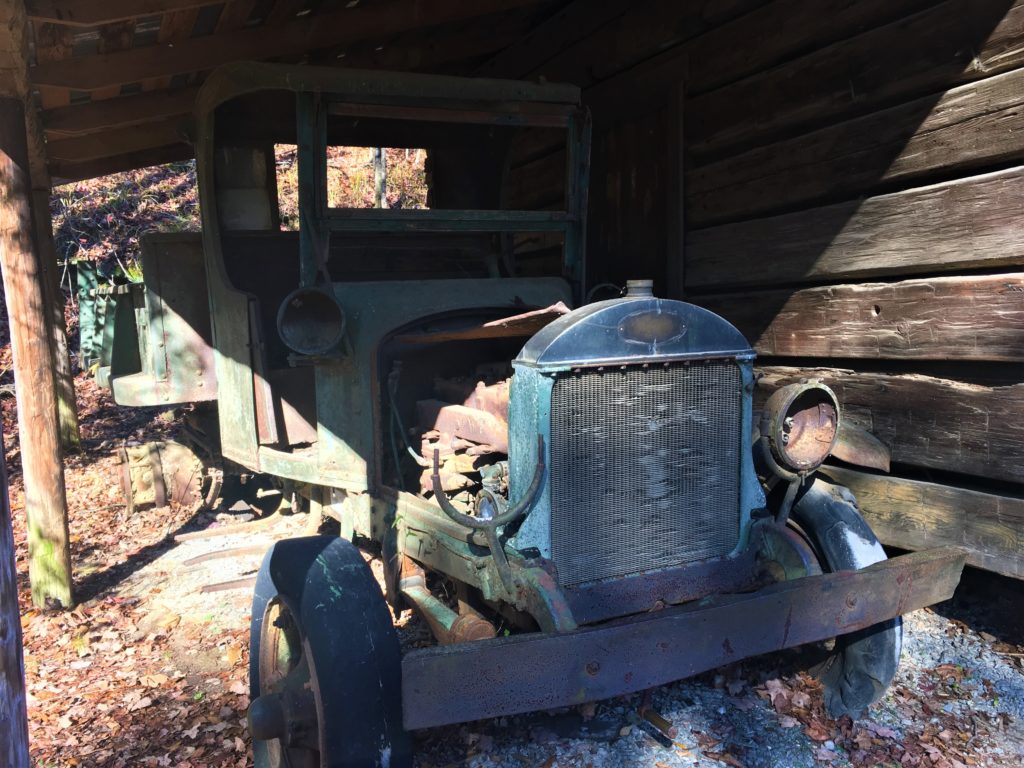
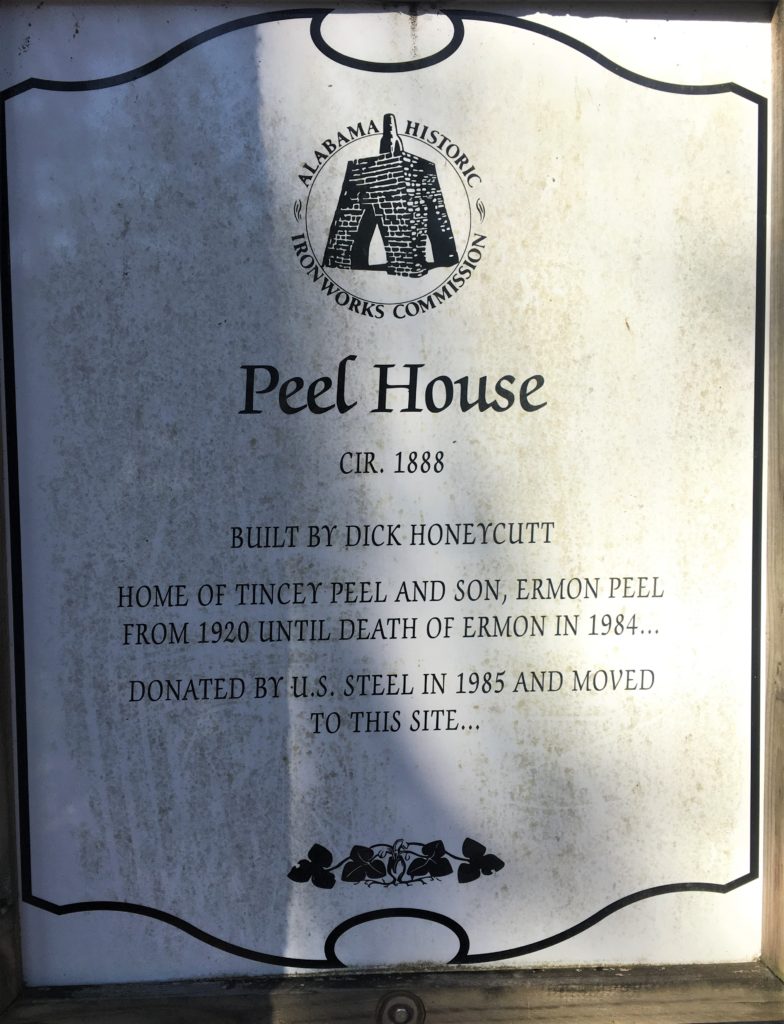
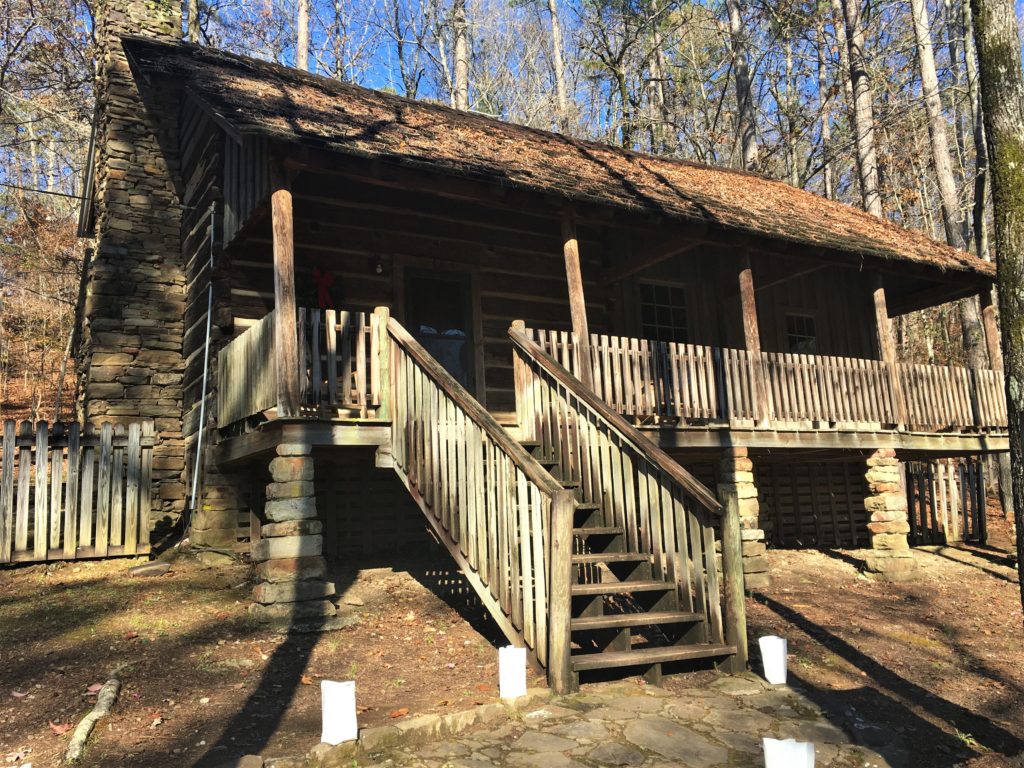
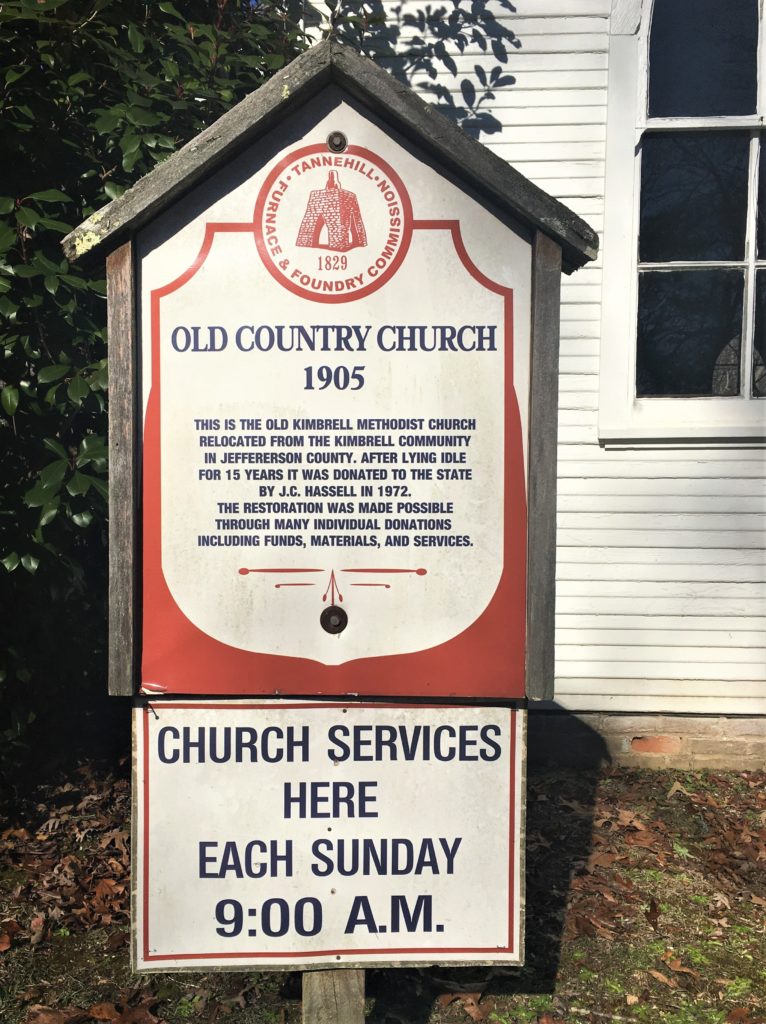
And it seems it’s in use!
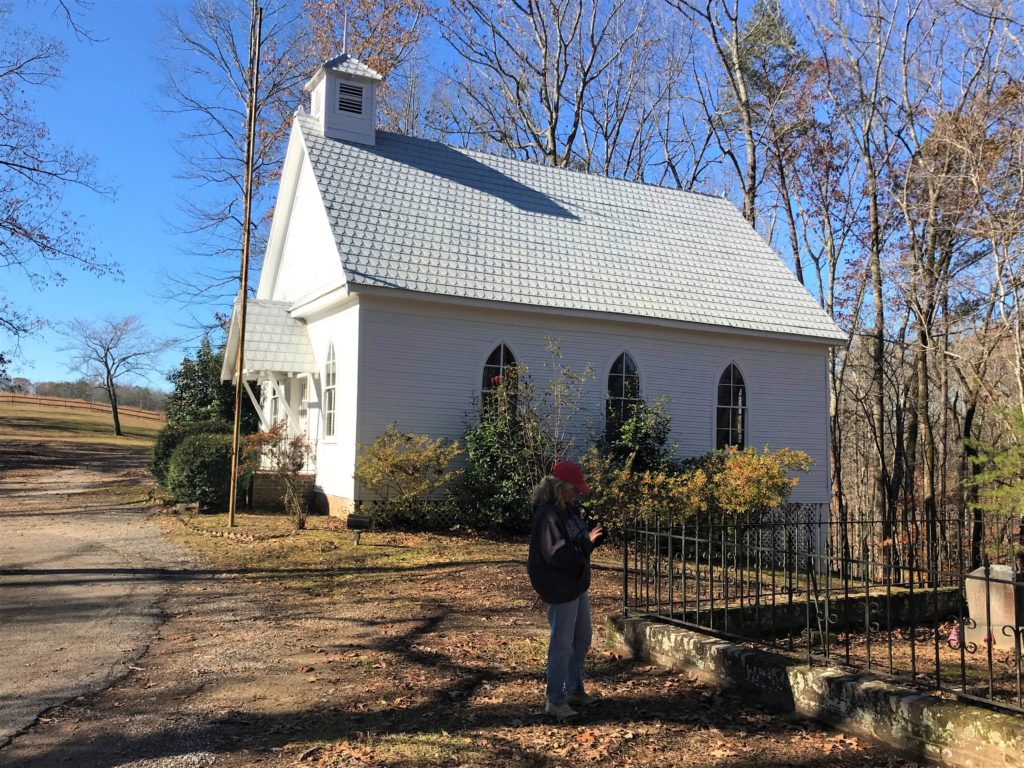
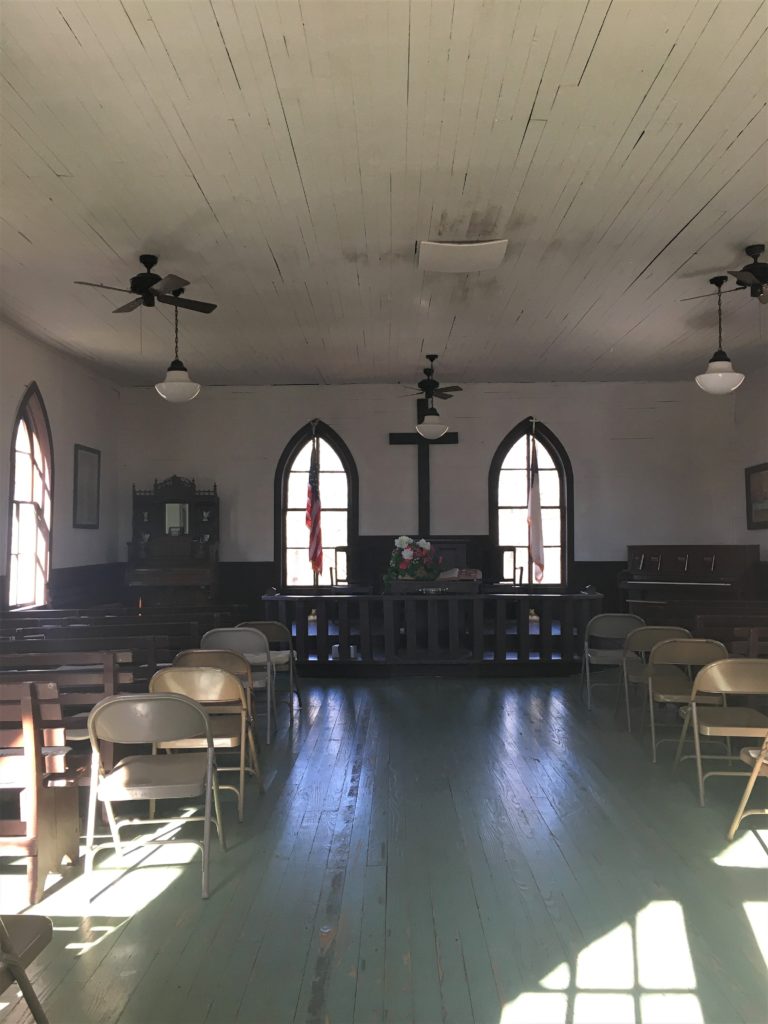
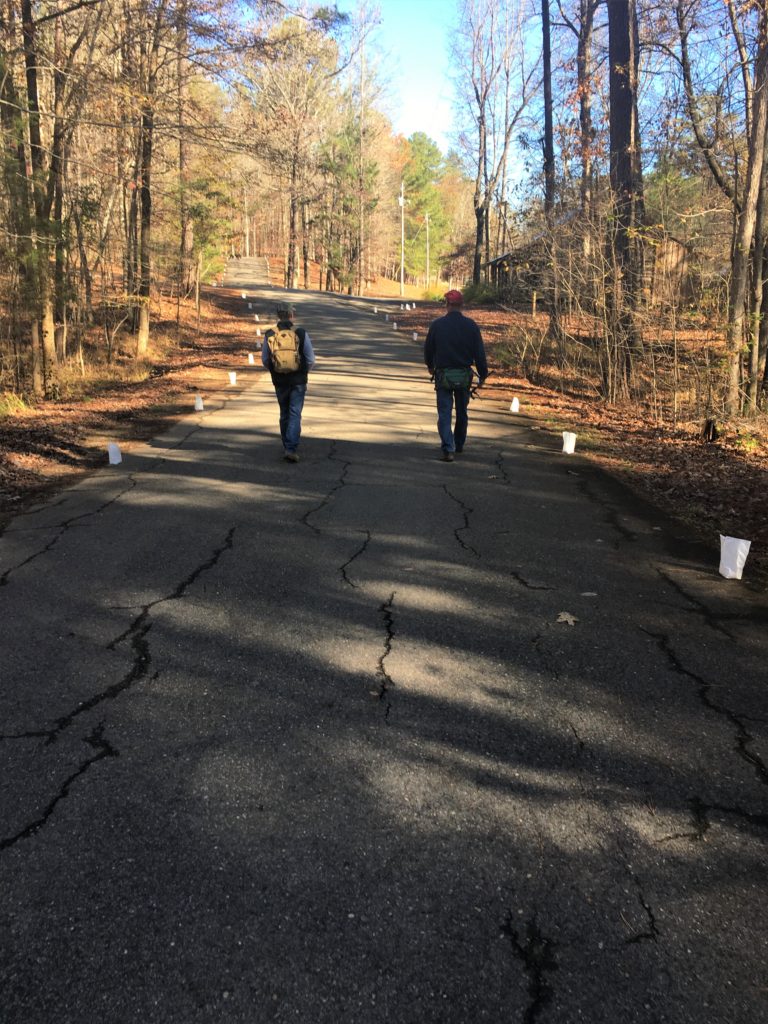
If we’d stayed until dark, there were other lights, music and all the artist shops would be open.
But we didn’t stay that long.
Then it was time to get in some steps.
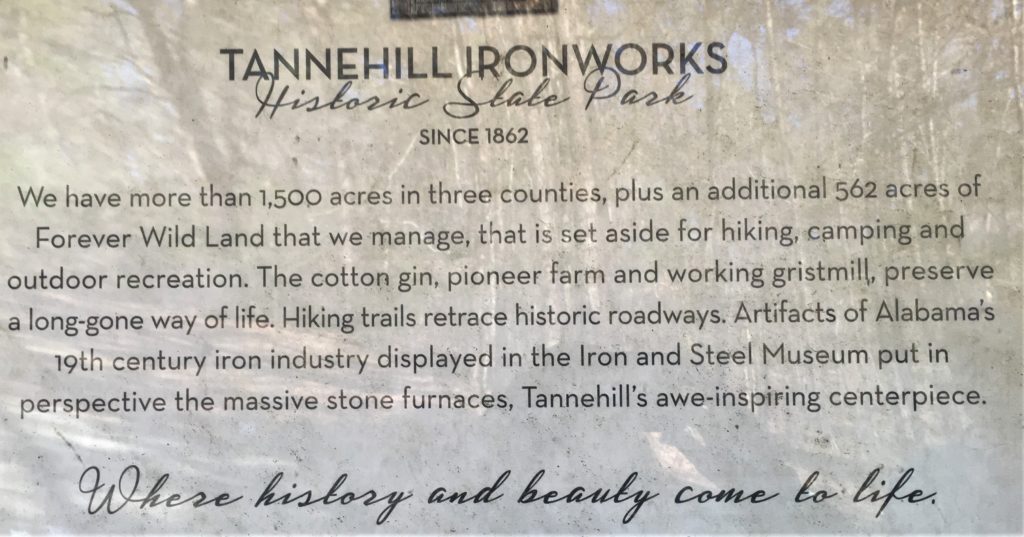
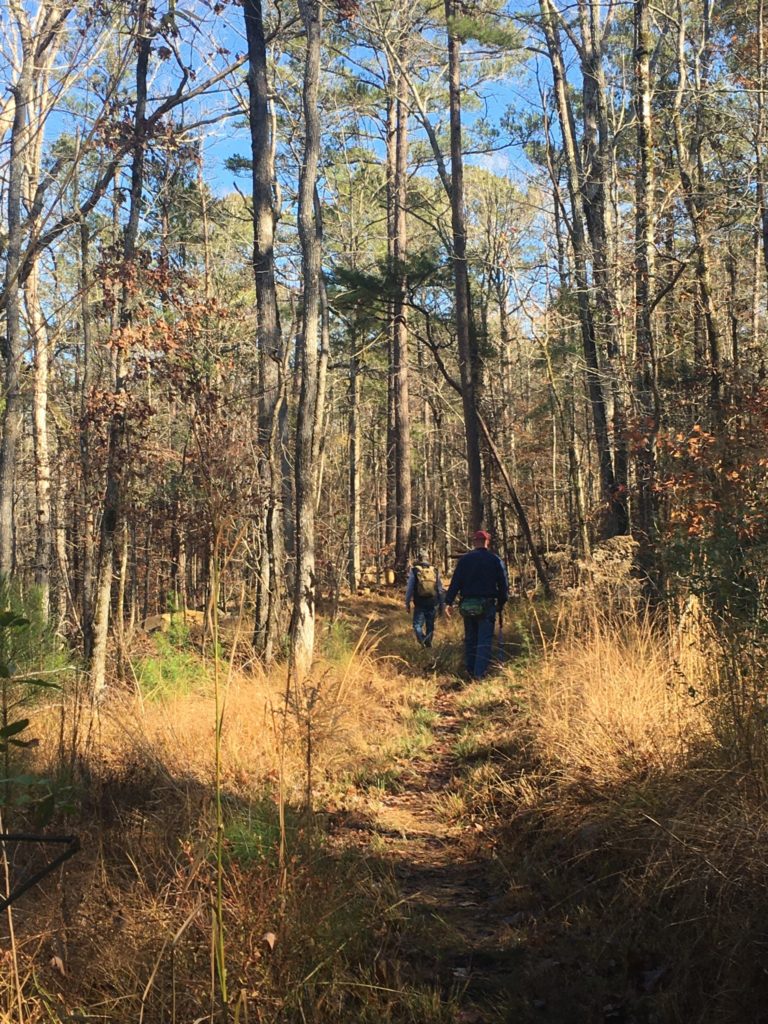
Our first stop was at the old furnaces. We were surprised by their size! The rock pyramids are all that’s left of the original industry here. As we explored, David told us his step-daughter, Sarah once volunteered here as an archeology student. How cool is that?!?
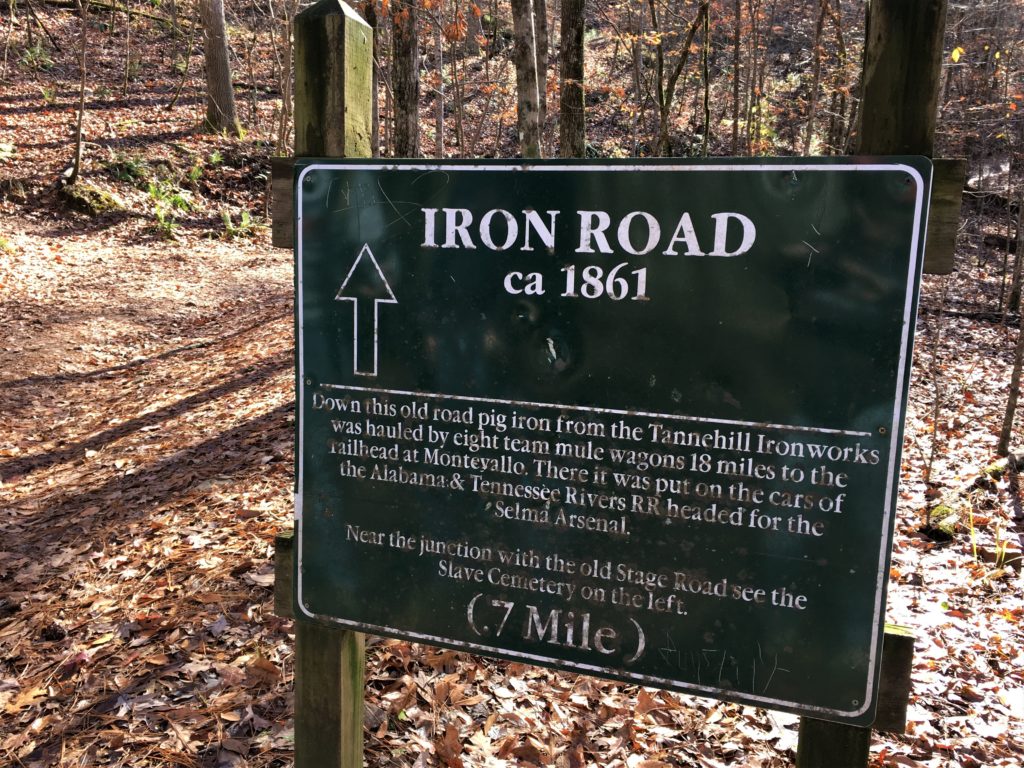
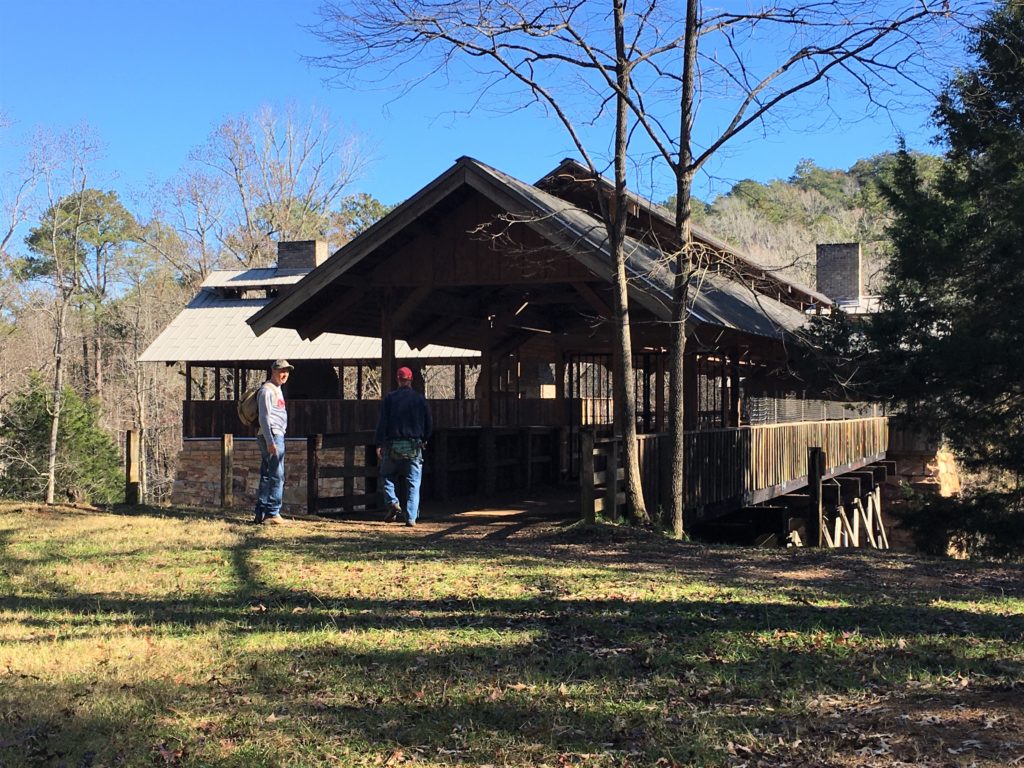
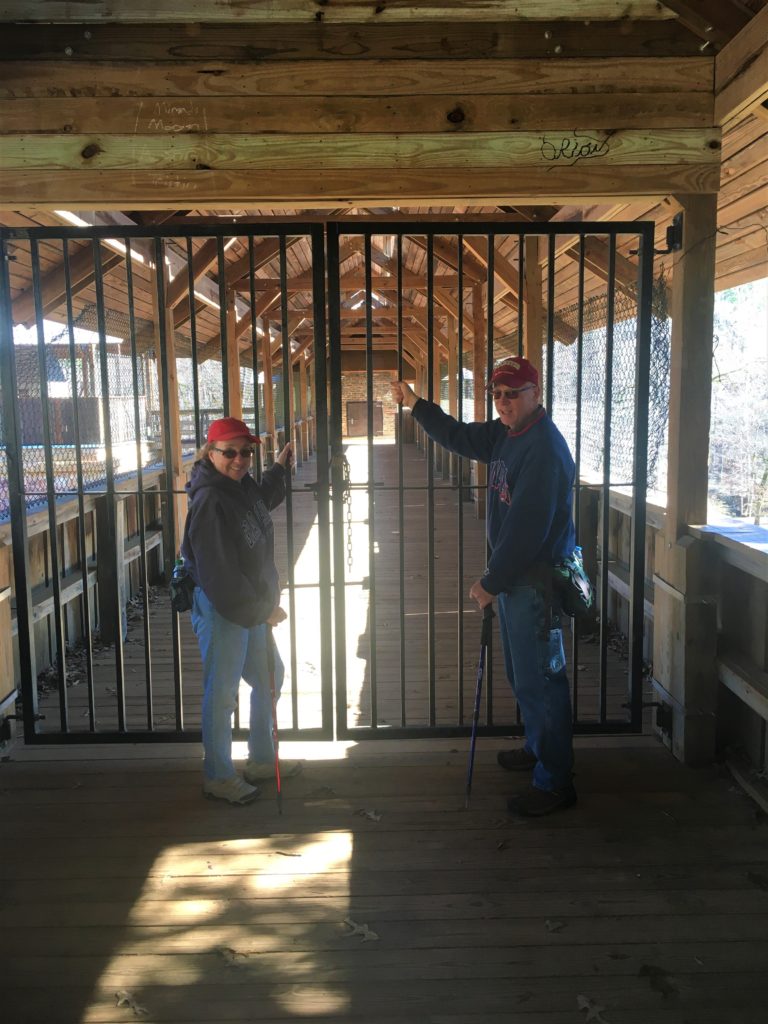
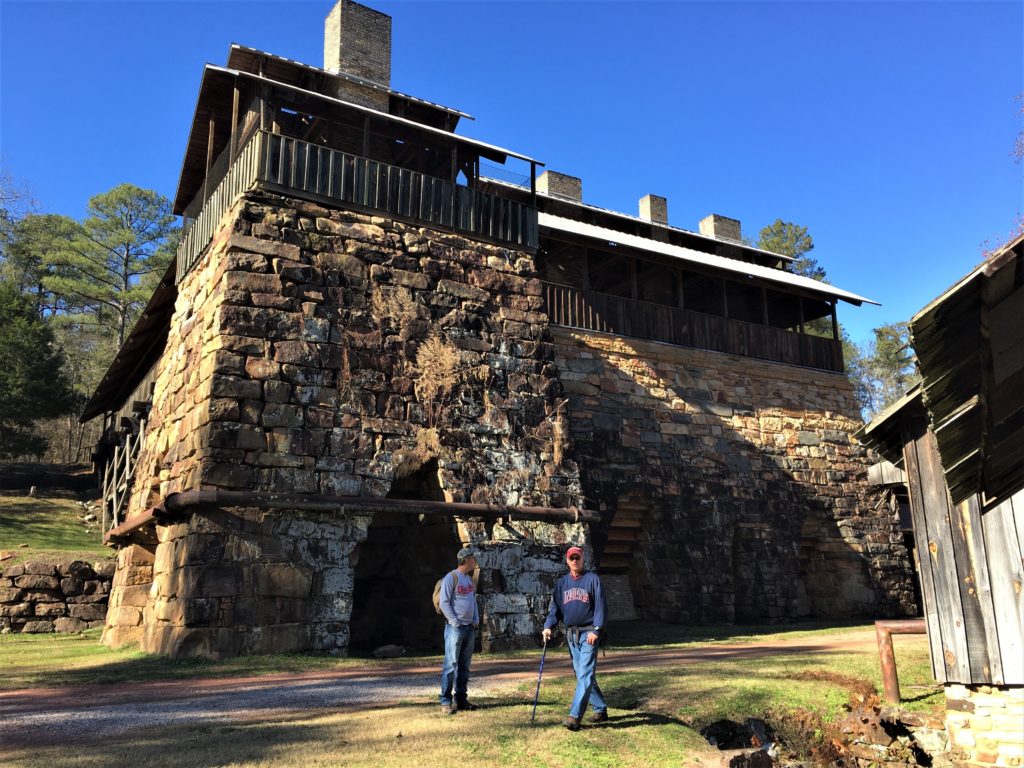
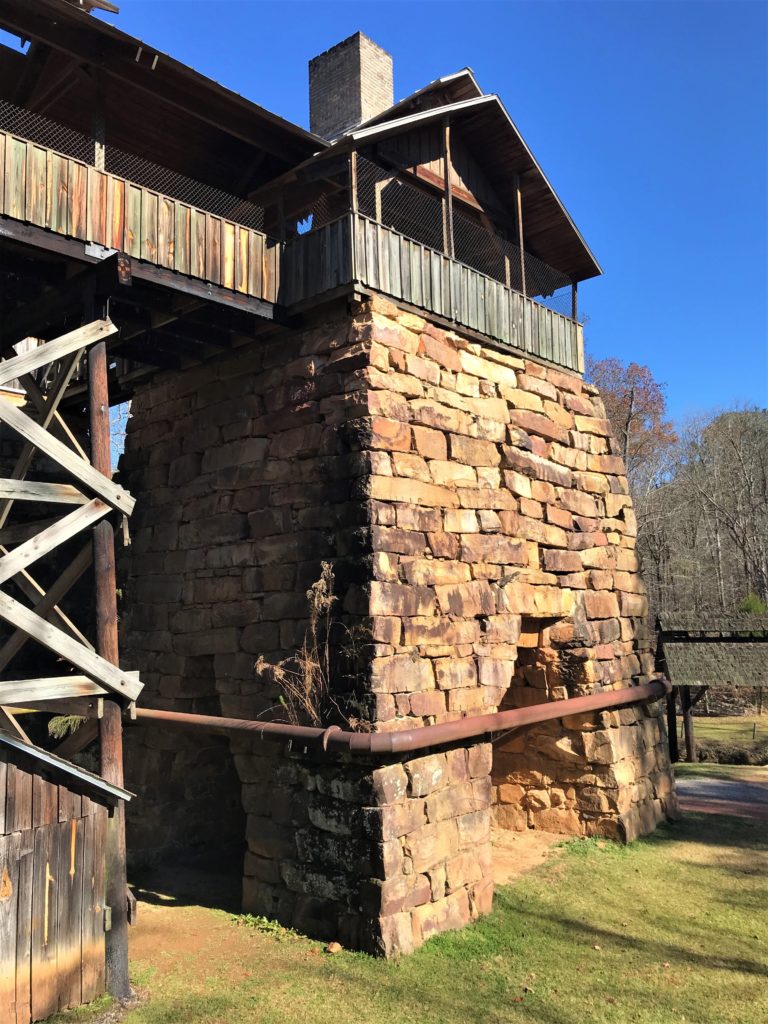
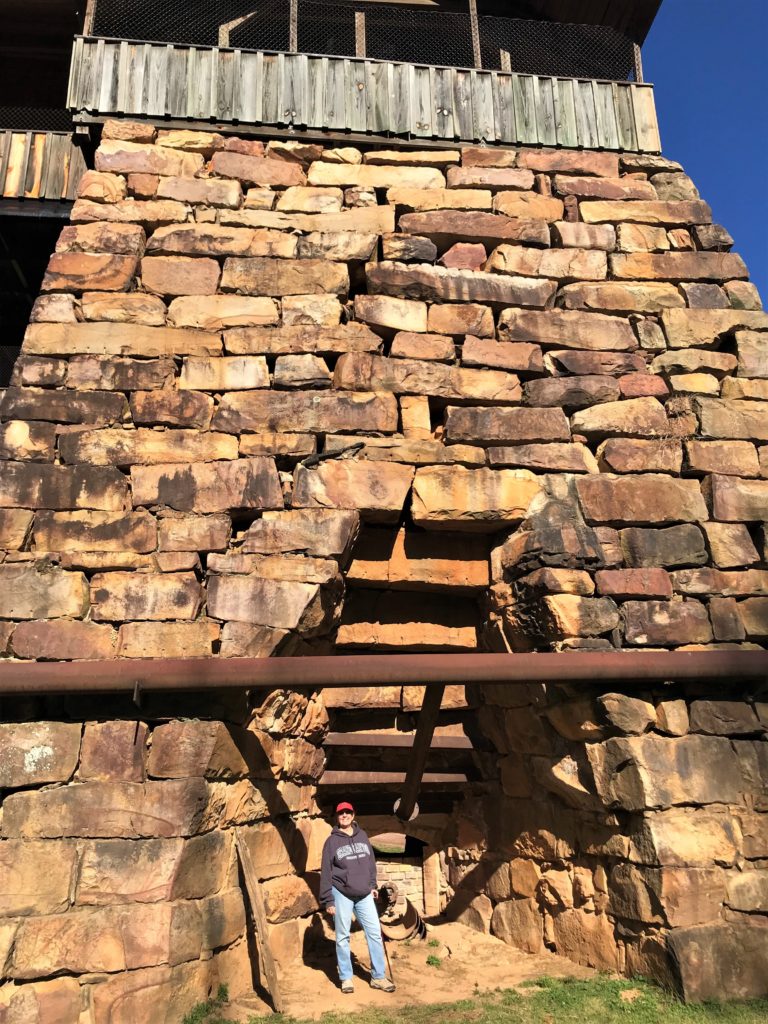
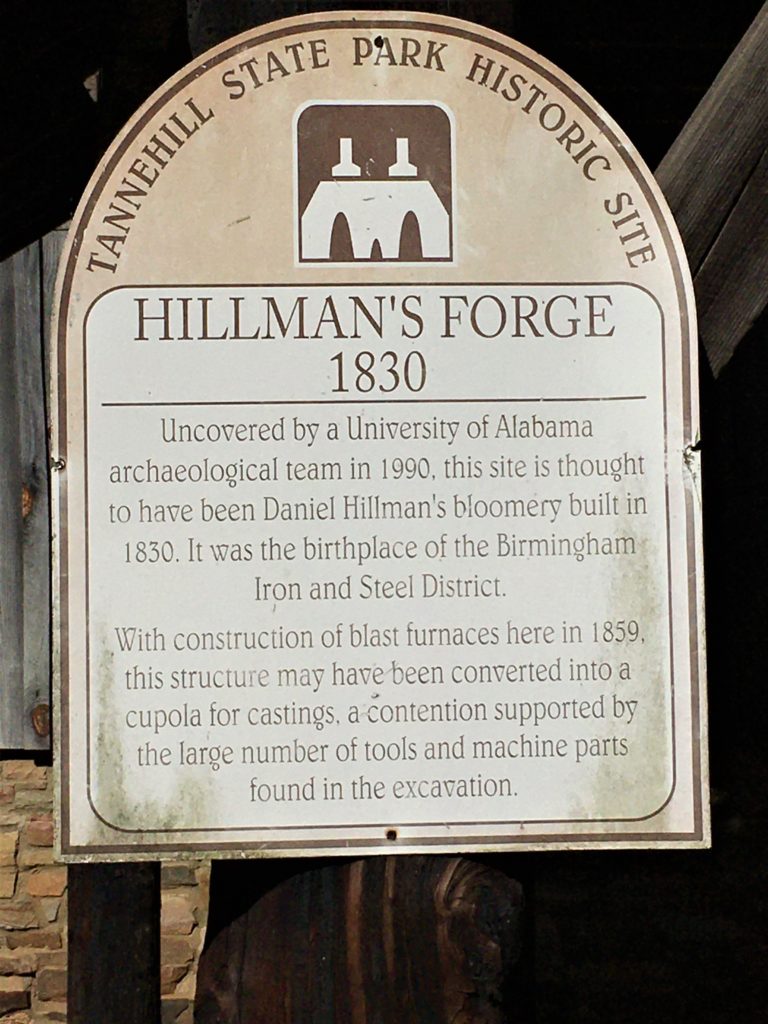
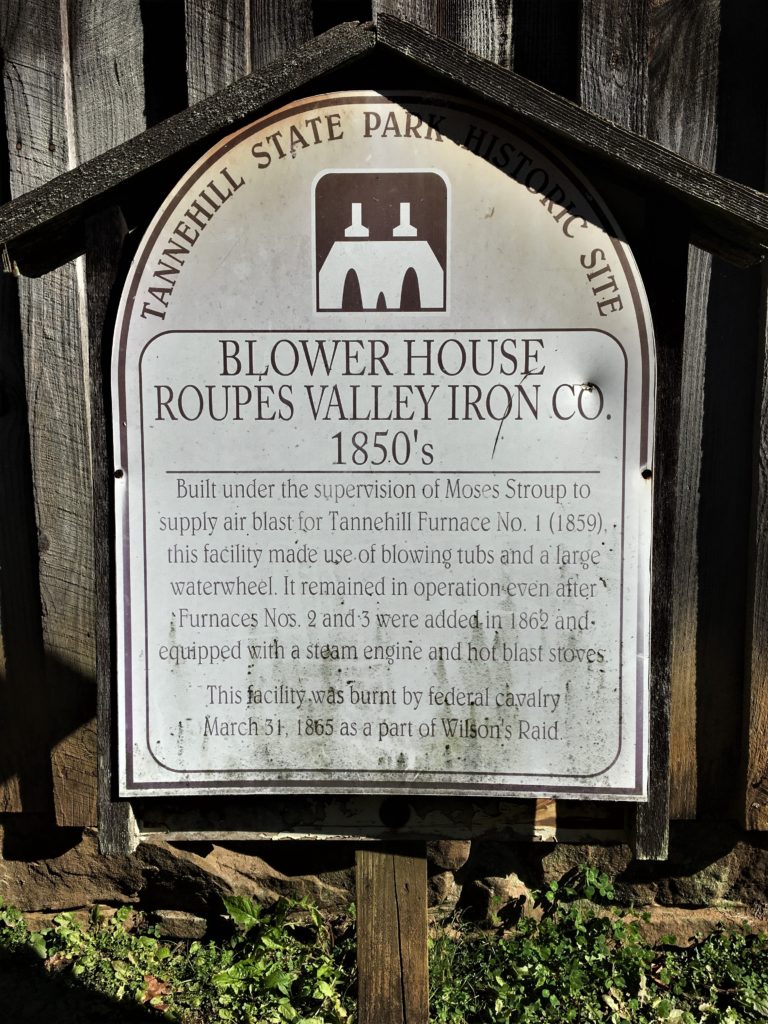
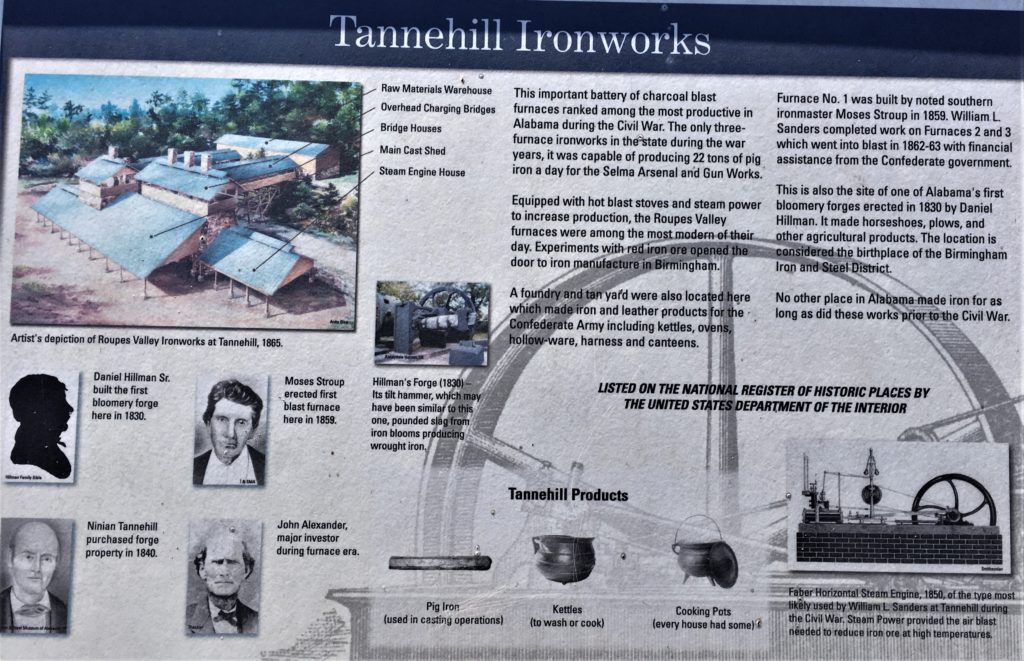
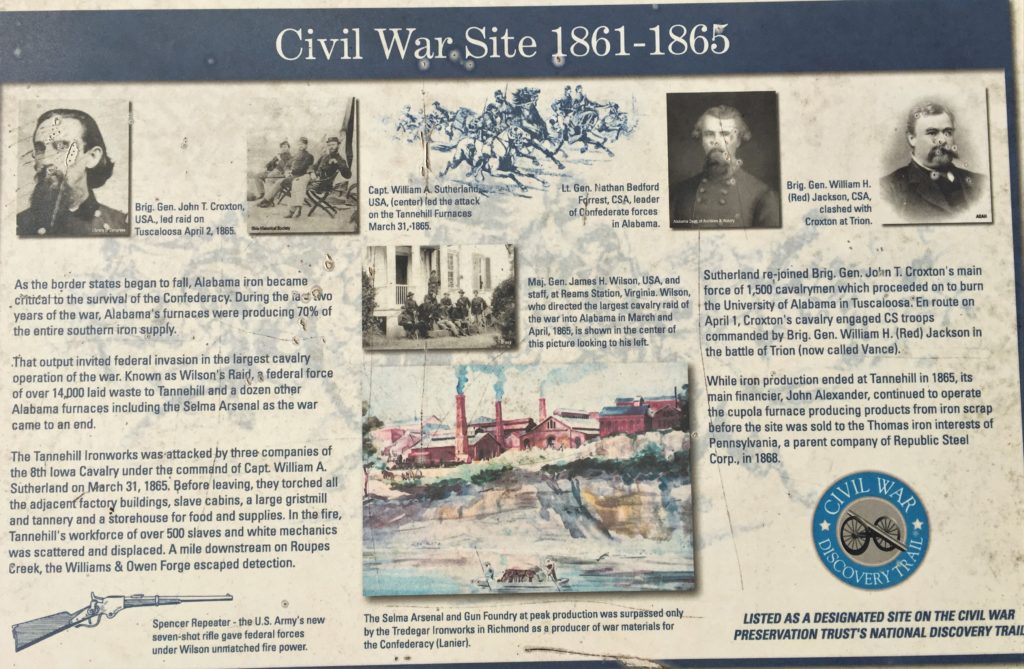
Note the date of the attack was March 31st.
The war ended May 9th.
Back on the trails, we (mostly ‘I’ 😊) didn’t take many pictures. It was just a long walk through the woods. I’m certain you’ve seen enough pictures of bare trees and dead leaves. But it was a very nice walk and the company was exceptional!
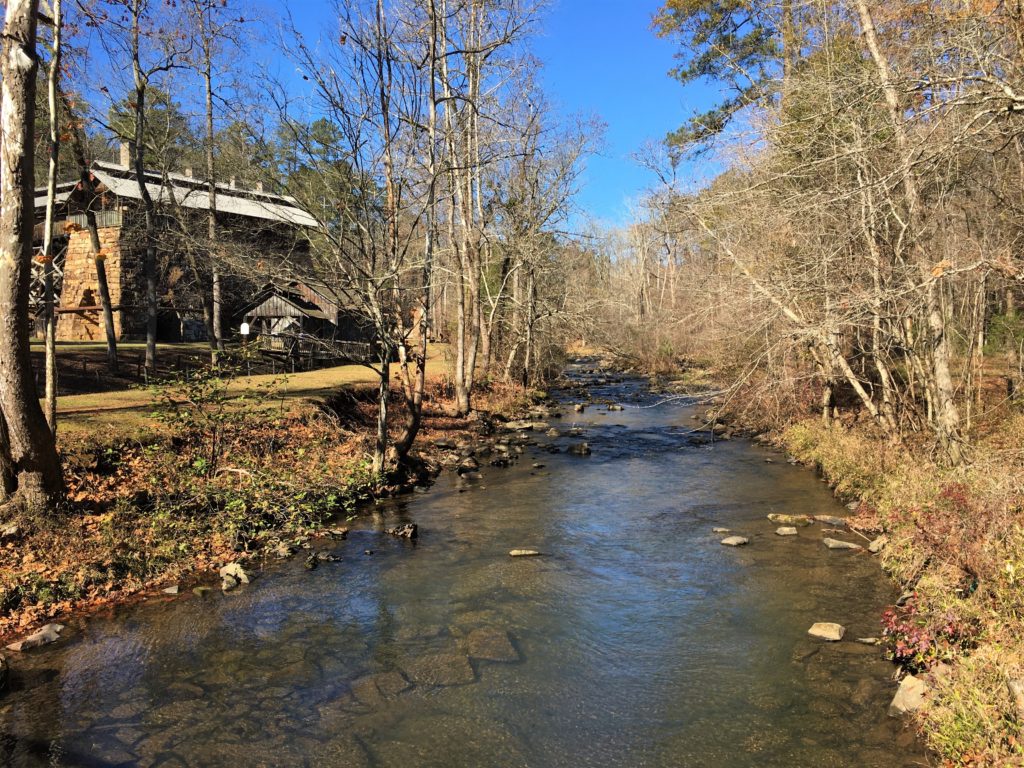
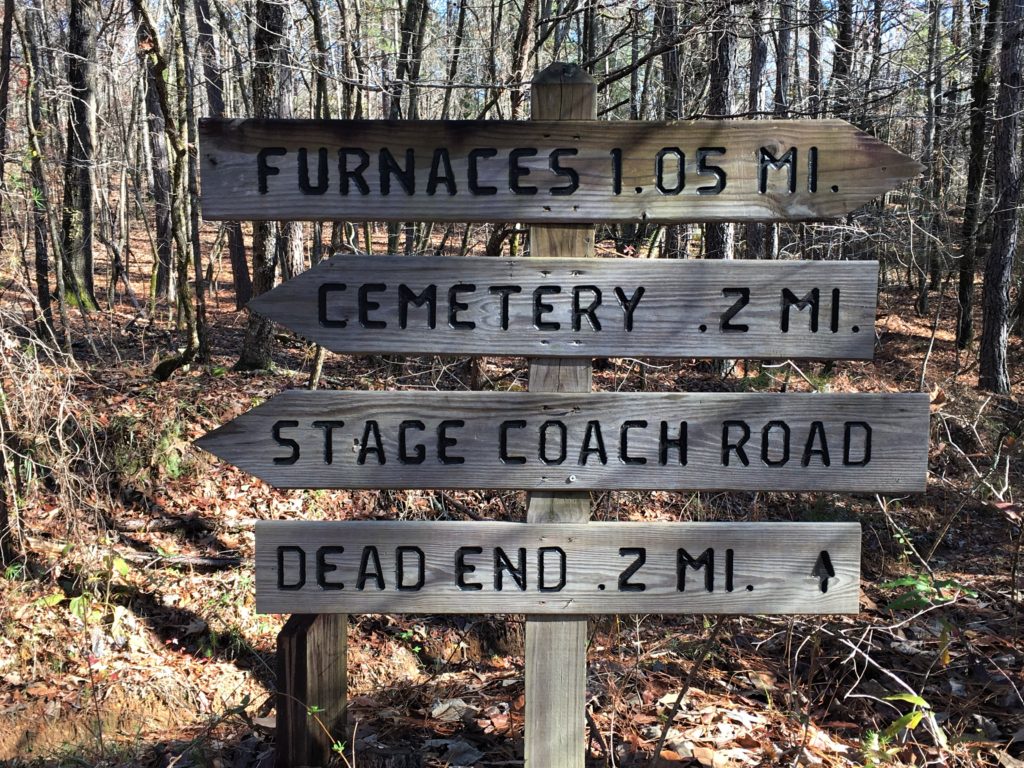
And we found the cemetery. Although, to be honest, it was pretty underwhelming, as there wasn’t much there. Then again, what did we expect from a slave cemetery?
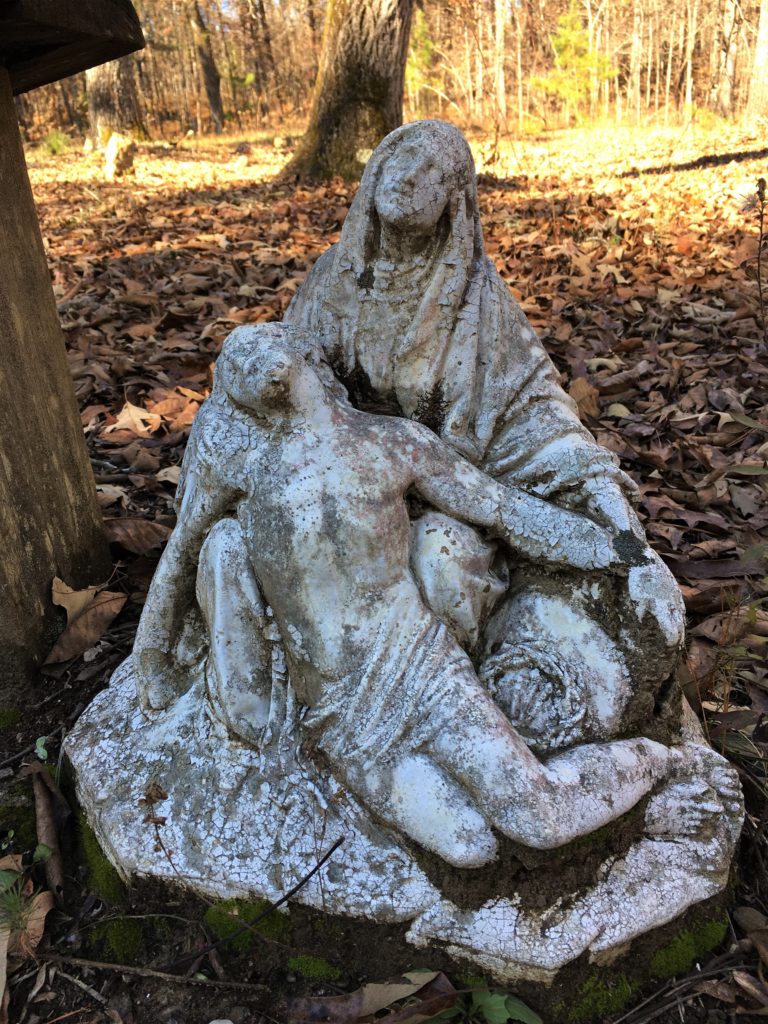
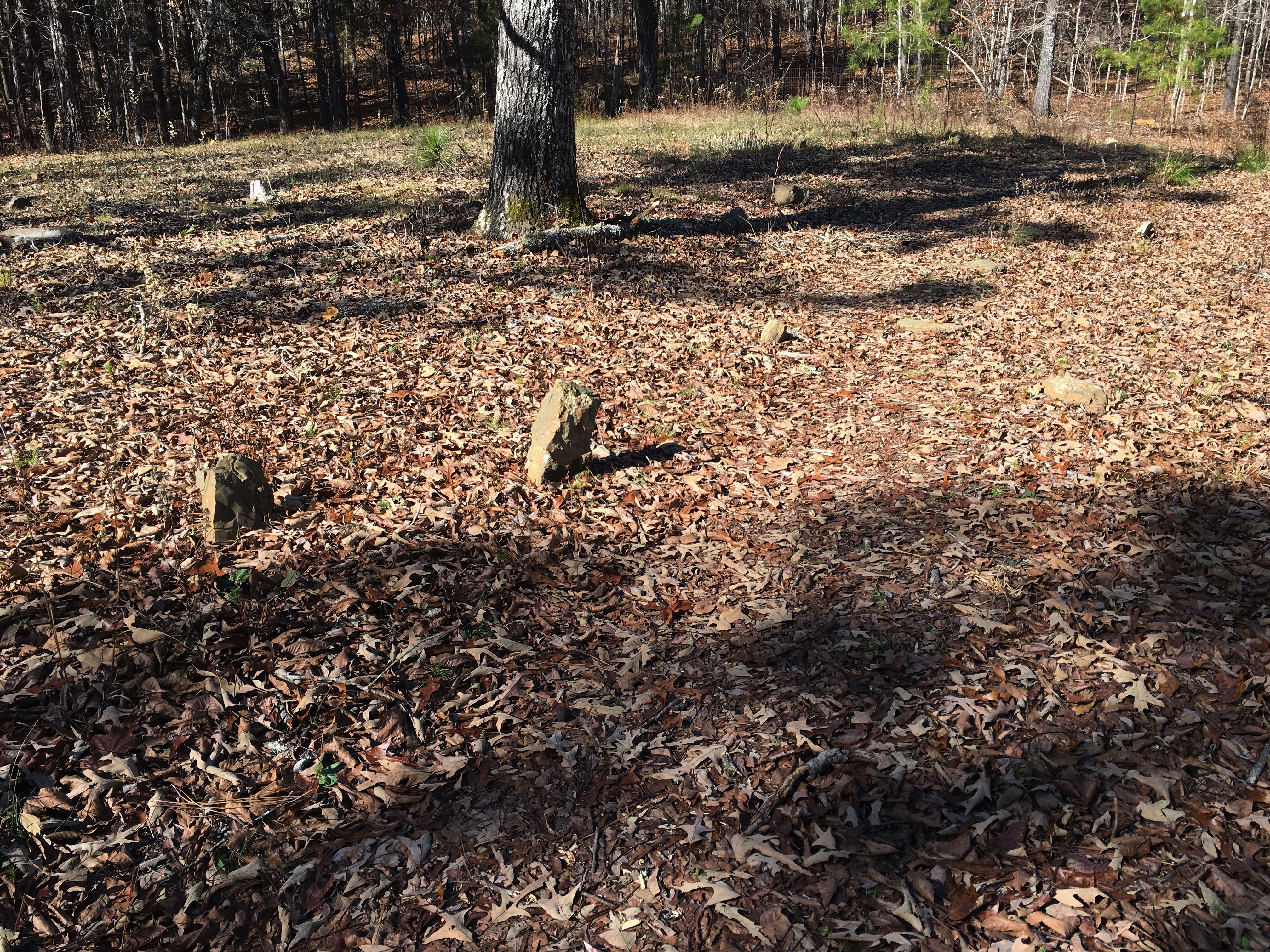
We returned to the common area and were making our final rounds, having a quick looksee, when who should we come across, but the Big Man Himself! Santa was here! How appropriate that Santa’s selling magic candles! I guess times are tough though, since Santa has to sell stuff in order to make money to create his gifts. Must be connected with Covid, is all I can figure . . . . . (and by the way; why is it that in ‘tough’ and ‘though’, the ‘ough’ letters are pronounced different??? Plus, we had the word ‘through’ two sections ago, now we have an ‘oo’ an ‘f’, and an ‘o’ sound!)
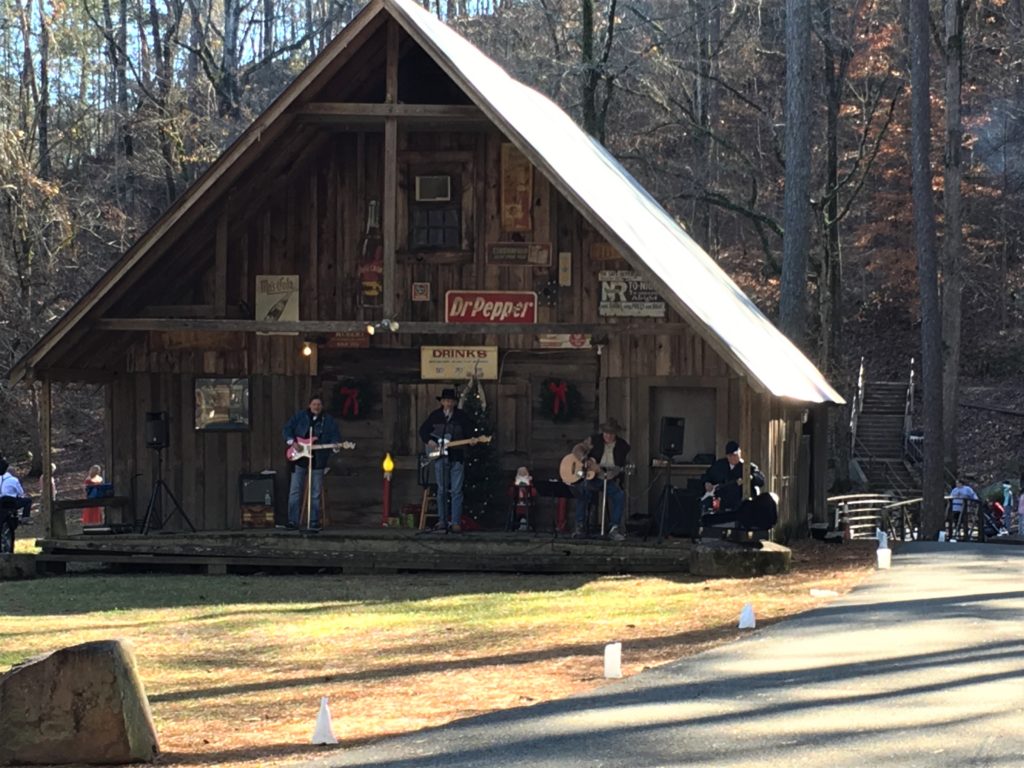
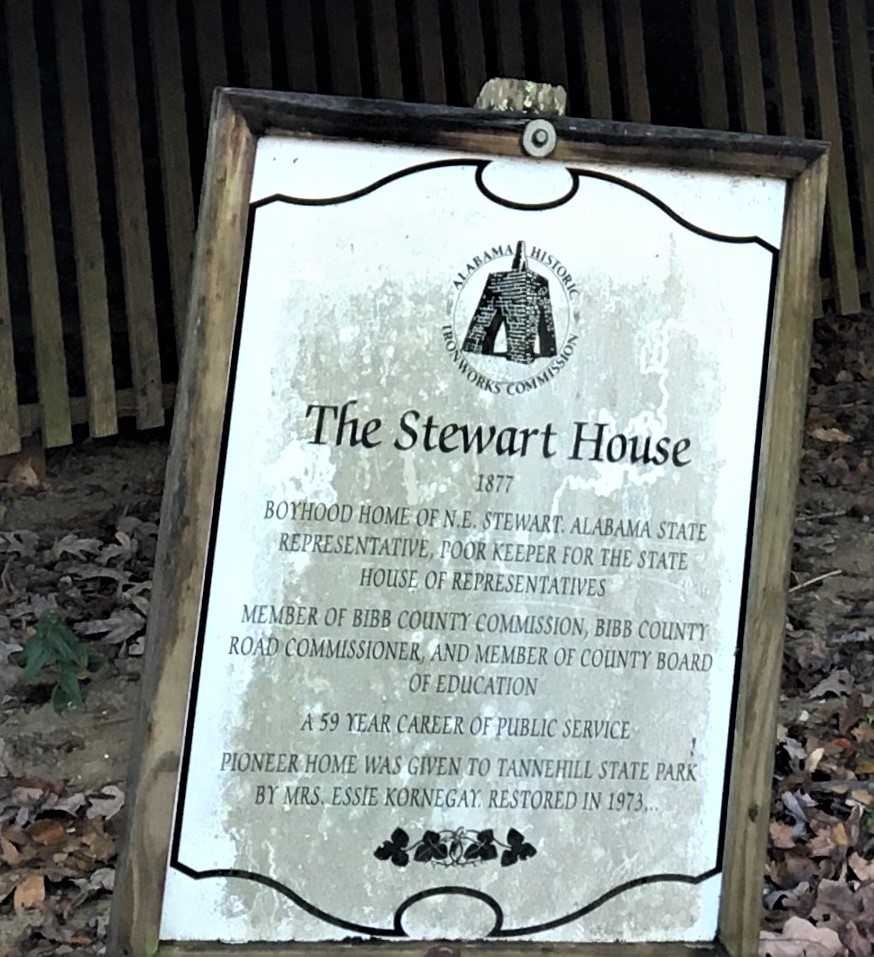
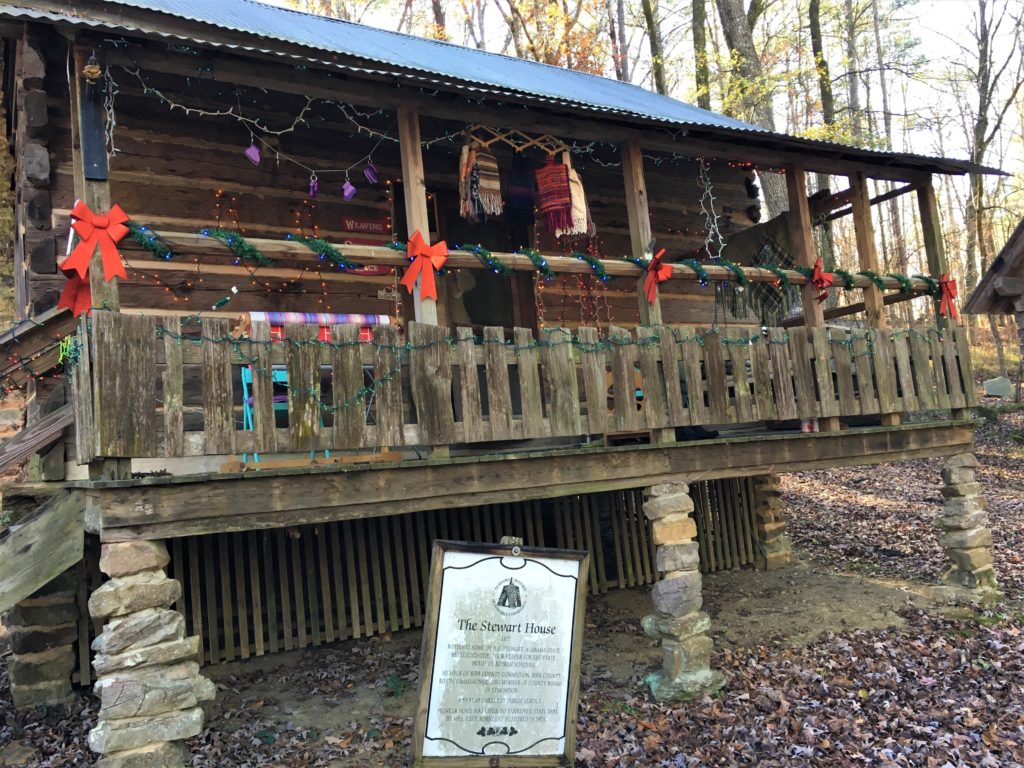
Two women came out and started working as we were passing by.
The one was very talkative. : )
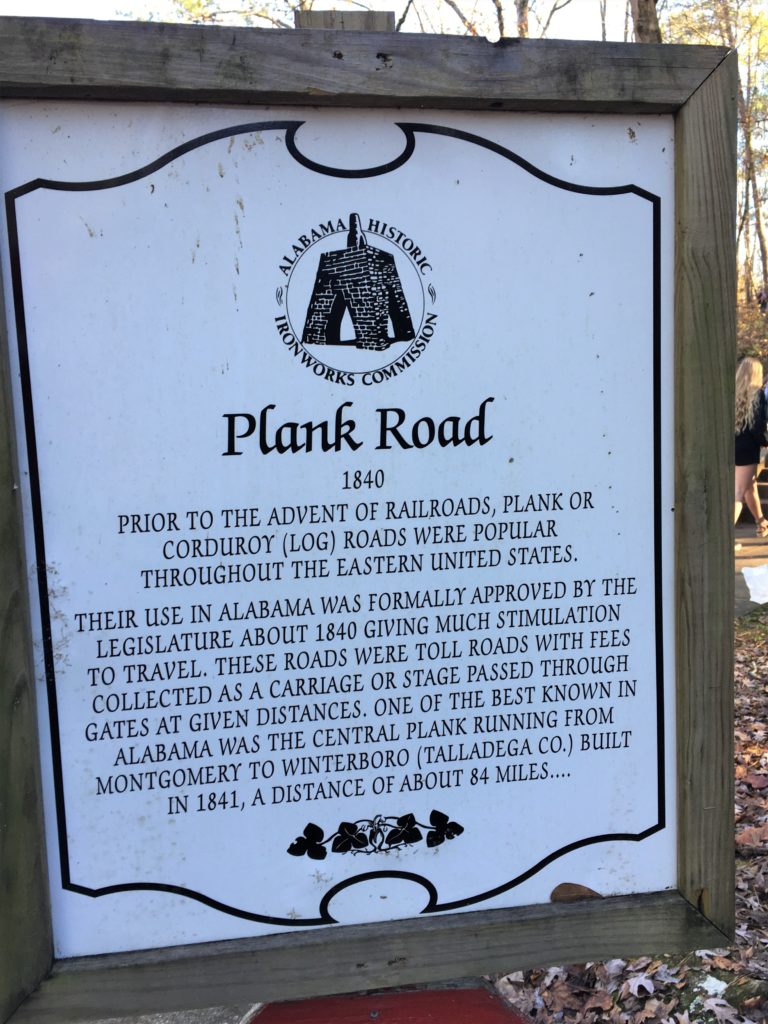
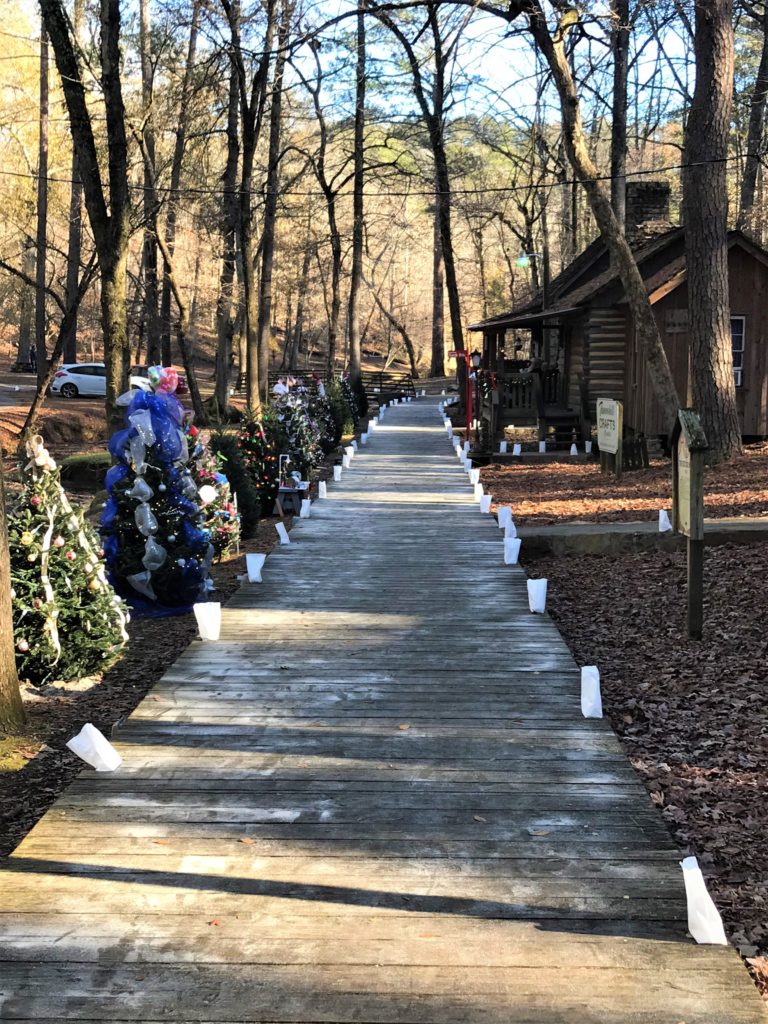
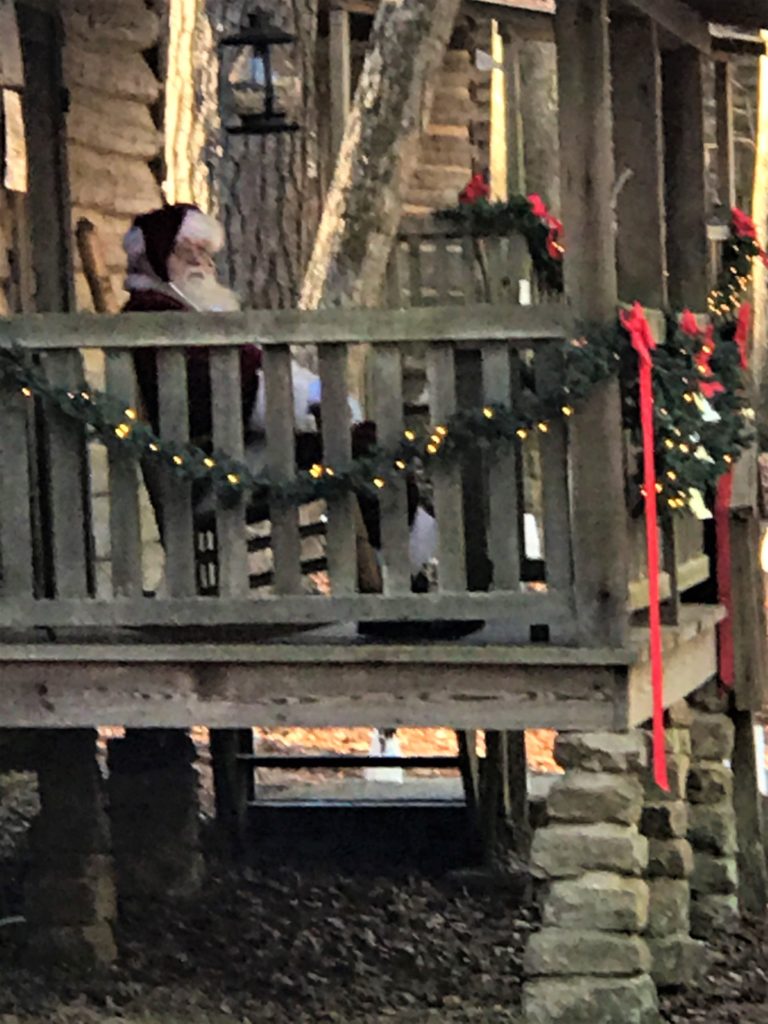
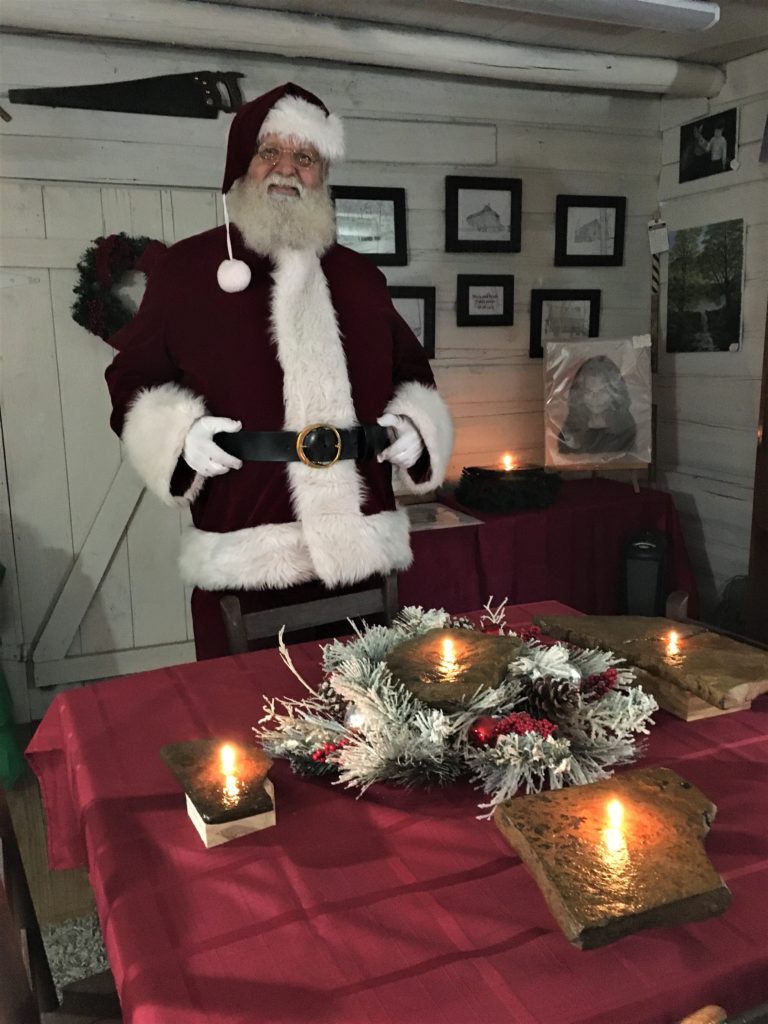
The flames somehow come up through the rocks and he says the wicks never burn out.
Hmmmm . . .
Magic!!
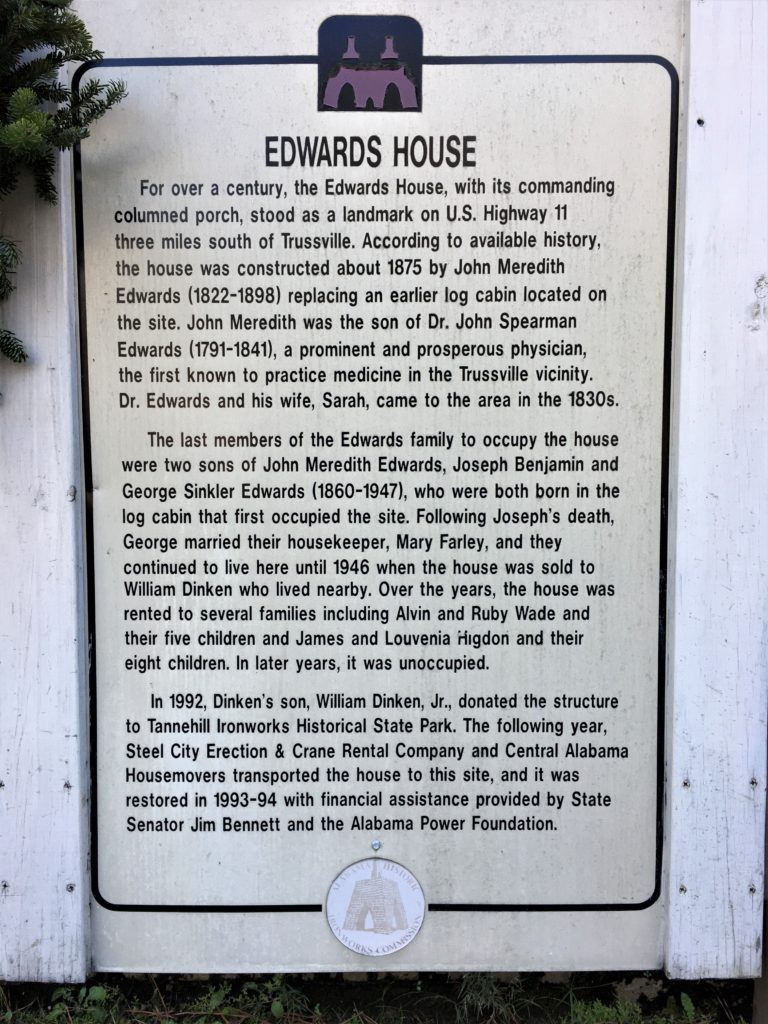
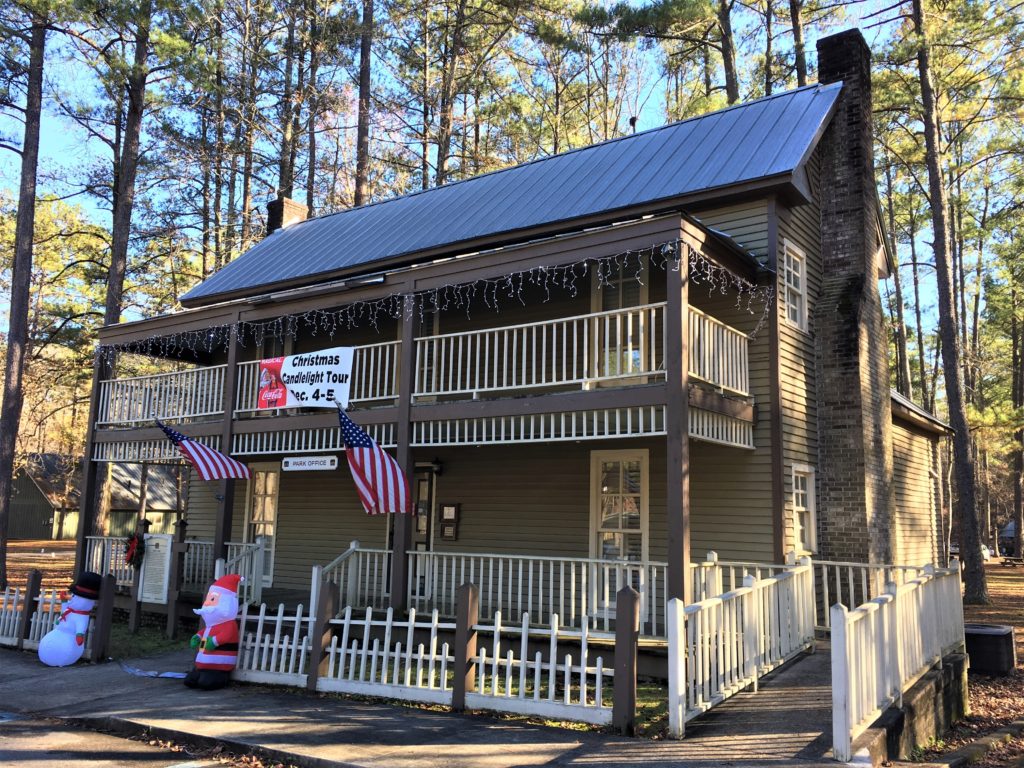
Back to our place for dinner and conversation. Tomorrow promises even more excitement! (I can tell you that because I’m so far behind. 😊)

but being an OSU fan, never quite leaves your blood.
We sent this picture to Mom. It made her day a little brighter. : )
